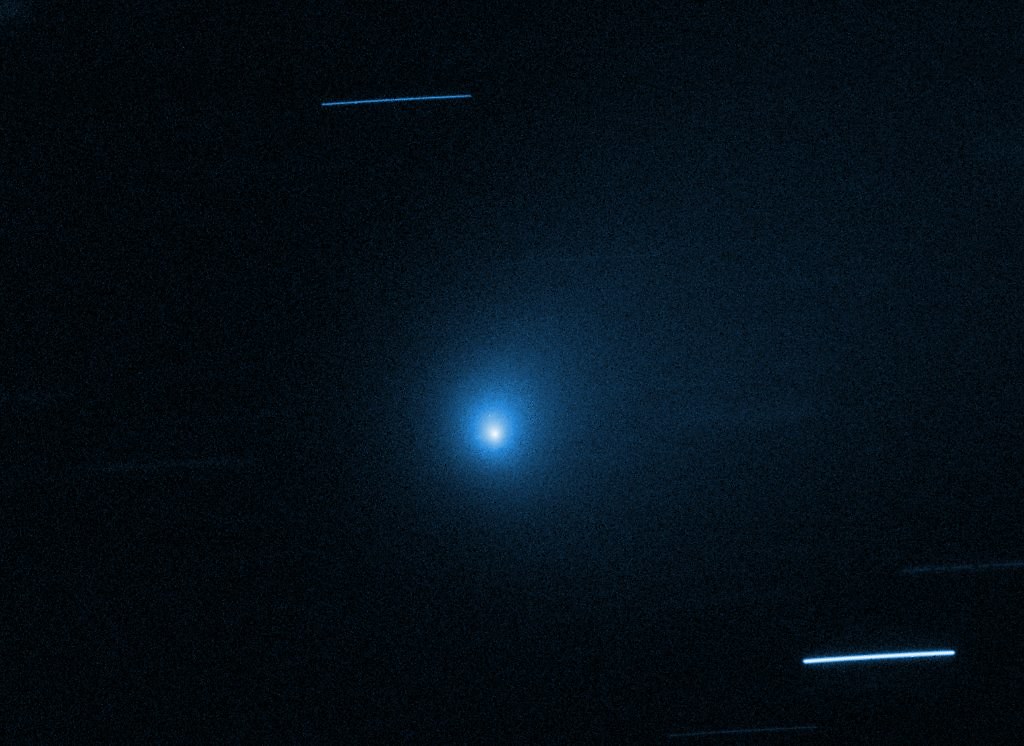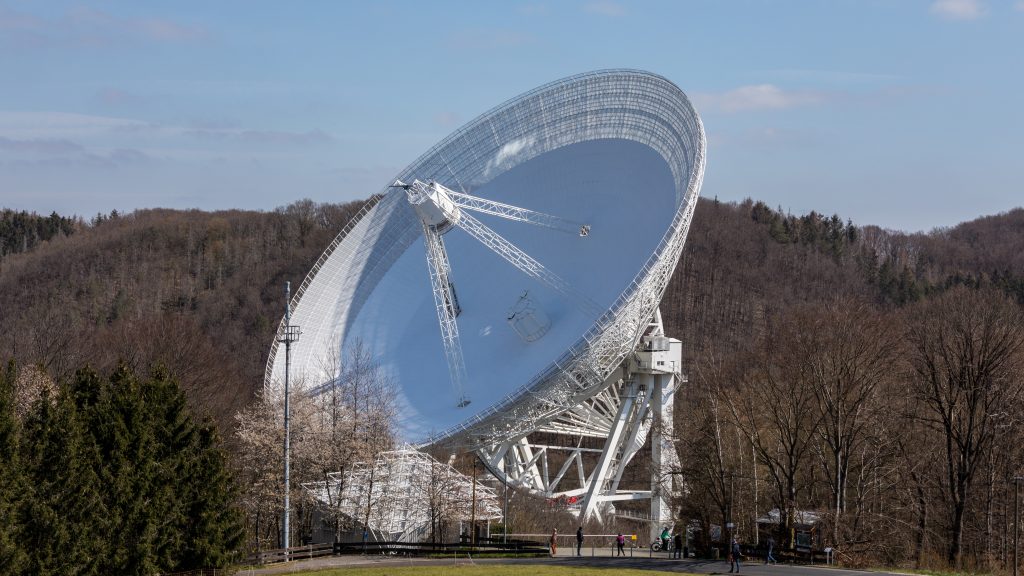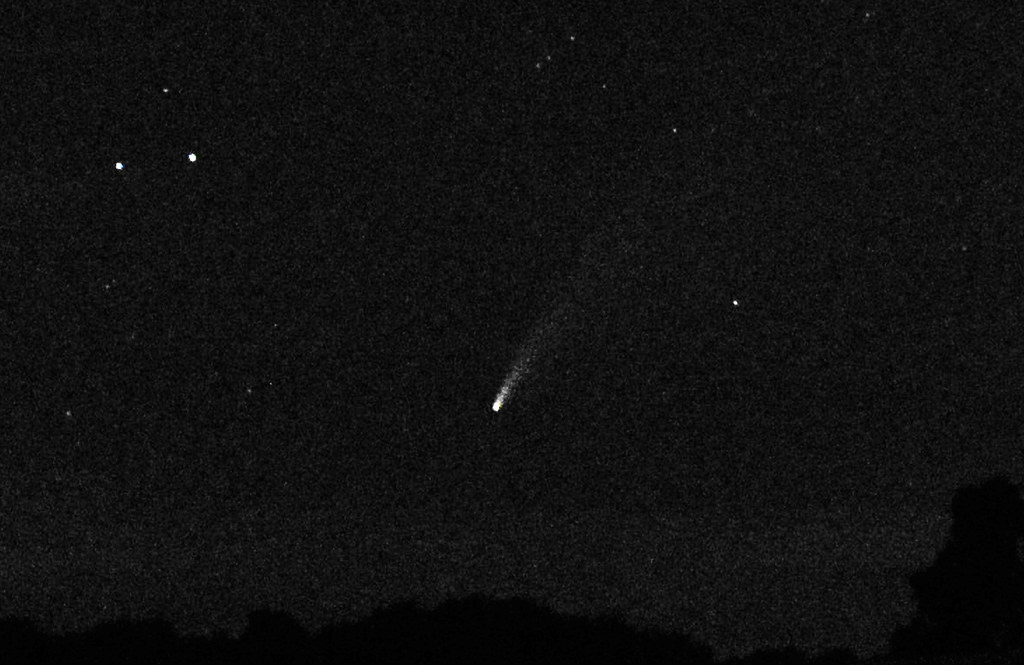
How often does humanity get to witness a traveler from another star system sweep through our celestial neighborhood? For only the third time in recorded history, astronomers are tracking such a visitor Comet 3I/ATLAS with a coordinated network of spacecraft and ground-based observatories. NASA will release new, multiangle imagery and data on Nov. 19, showcasing an unprecedented view of this ancient interstellar object for both the public and scientific community.

1. Dicover by ATLAS Survey Technology
3I/ATLAS was first identified on July 1, 2025, by the NASA-funded Asteroid Terrestrial-impact Last Alert System (ATLAS) in Río Hurtado, Chile. ATLAS is a worldwide network of robotic telescopes built to scan the night sky every 24 hours for near-Earth objects. The system’s wide-field optics combined with rapid cadence enabled astronomers to identify the comet when it was still 420 million miles from the Sun and traveling on a hyperbolic trajectory that confirmed it was interstellar in origin.

2. A Close Pass by Mars
In early October, 3I/ATLAS passed within 19 million miles of Mars, providing a rare opportunity for planetary orbiters to observe it from close range. ESA’s ExoMars Trace Gas Orbiter (TGO) and Mars Express turned their cameras normally used for high-resolution imaging of the Martian surface toward the faint target. TGO’s Colour and Stereo Surface Imaging System (CaSSIS) captured the comet’s coma, a diffuse halo of gas and dust thousands of kilometres wide, though the kilometre-scale nucleus remained unresolved.

3. Imaging Challenges and Instrumentation
This represented an extreme challenge for the CaSSIS instrument: The comet was 10,000 to 100,000 times fainter than its usual targets. To register the faint signal, exposure times of five seconds were needed on TGO, compared to a limit of 0.5 seconds on Mars Express. Spectrometers aboard both orbiters tried to characterize the composition of the coma, but the brightness was near the detection threshold, and more data analysis is needed.

4. Precision Orbit Determination from Mars-Based Observations
By triangulating the data from TGO with measurements from Earth-based telescopes, scientists increased the accuracy of 3I/ATLAS’s predicted path by a factor of ten. This constituted a first for the submission of astrometric data to the Minor Planet Center from a spacecraft in orbit around another planet. The refined trajectory enables instruments throughout the solar system to target the comet with greater precision, an enhancement with direct implications for planetary defense.

5. Composition and Unusual Chemistry
Early spectroscopic studies have shown that 3I/ATLAS is outgassing an atypical mixture of volatiles, with elevated carbon dioxide relative to water vapor. Observations from Chile’s Very Large Telescope also detected nickel vapor at distances from the Sun too cold for metals to normally sublimate, suggesting unusual thermal or compositional properties. These findings hint at formation conditions far different from those in our solar system.

6. Size, Structure, and Activity
Hubble Space Telescope data constrain the nucleus to less than 3.5 miles in diameter and possibly as small as 1,000 feet. The comet has a dust plume and hints of a tail, and its dust-loss rate is about what would be expected from comets first detected at 300 million miles from the Sun. Its reddish, featureless spectrum suggests a dust-dominated coma with minimal gas emission seen at large distances.

7. Speed and Interstellar Travel
Traveling up to 155,000 miles an hour, 3I/ATLAS is the fastest visitor to the solar system ever recorded. Its velocity and trajectory suggest ejection from its parent star system after gravitational interactions, followed by billions of years drifting through interstellar space. The comet may predate our solar system by as much as three billion years.

8. Coordinated Observations Across the Solar System
NASA’s Mars Reconnaissance Orbiter, ESA’s JUICE spacecraft, the James Webb Space Telescope, and many ground-based facilities are all taking part in this worldwide observation campaign. JUICE will observe the comet just after perihelion, when solar heating is expected to maximize the activity, although its data will not be available before February 2026 due to the spacecraft positioning.

9. Public Engagement and Citizen Science
This NASA live event will be streamed across multiple platforms, and the public is encouraged to submit questions using #AskNASA. Amateur astronomers who have small telescopes can help monitor the comet’s brightness through networks like UNISTELLAR, especially as it moves away from the Sun and becomes more easily accessible from Earth.
From the instant of its discovery onward to its speedy exit into interstellar space, 3I/ATLAS presents a transient yet deep opportunity to investigate the building blocks of the faraway planetary systems. The multi-platform, multi-wavelength campaign underway represents one of the most comprehensive observation efforts ever mounted for an interstellar object.


